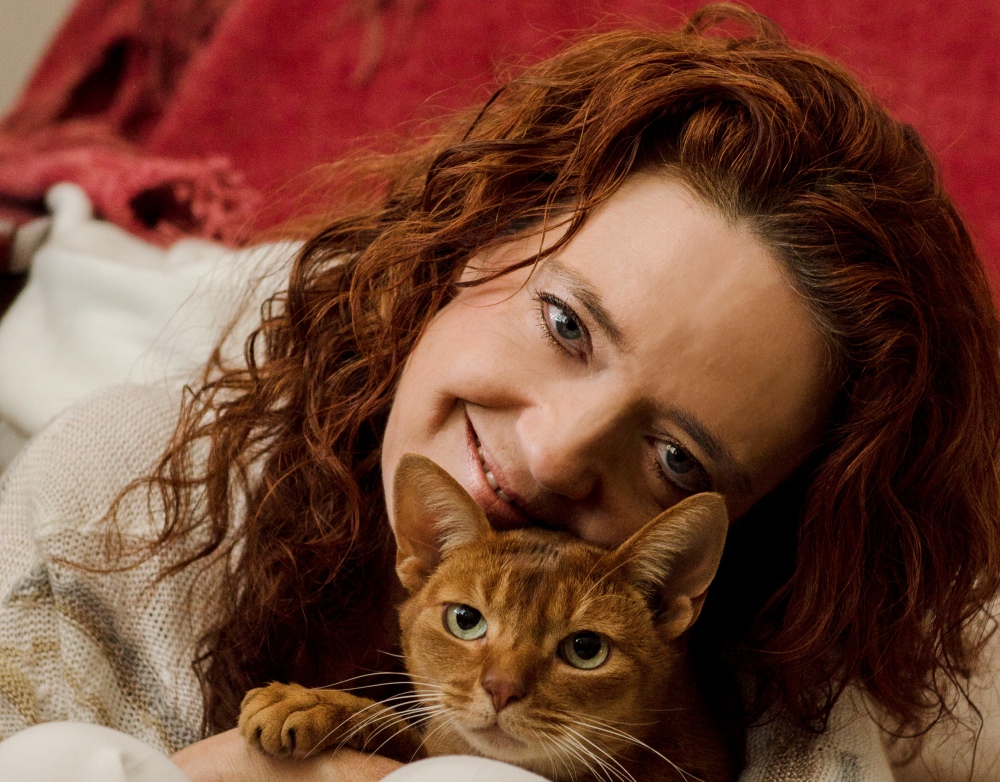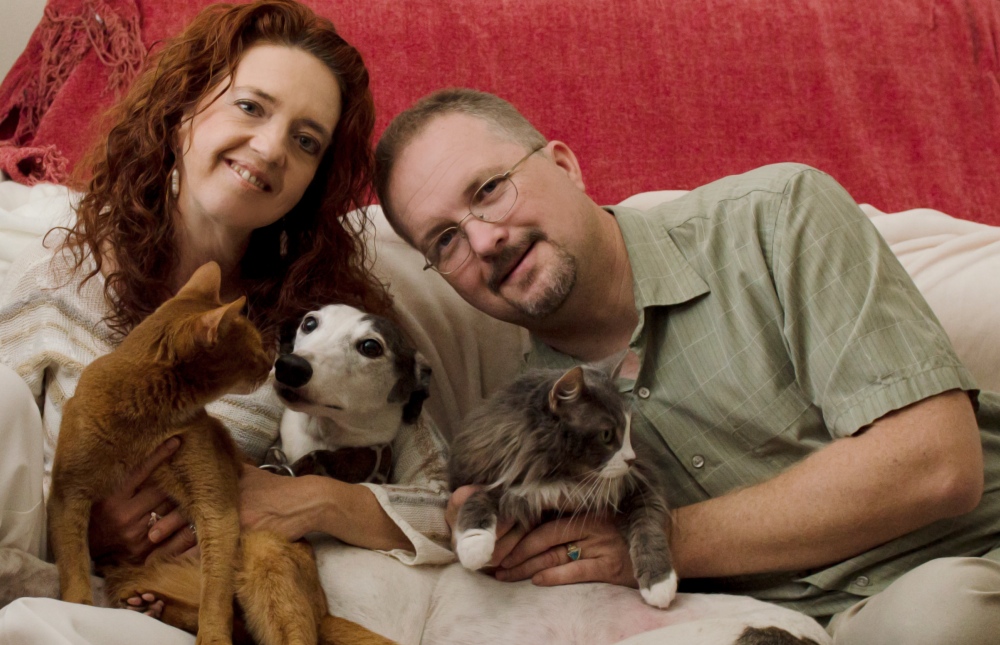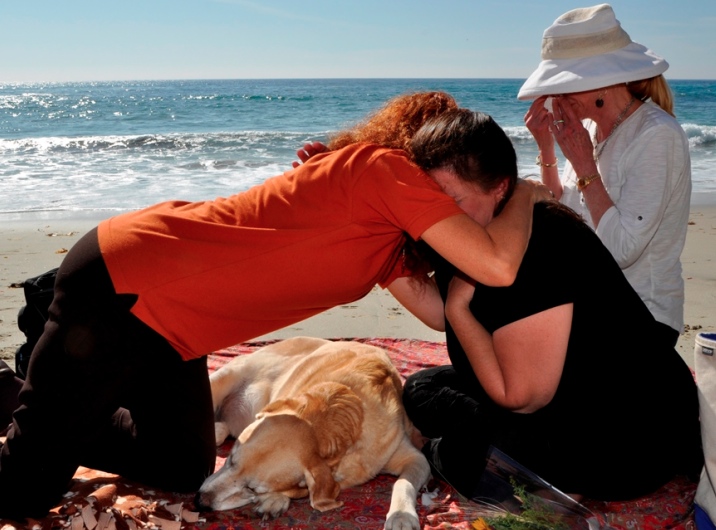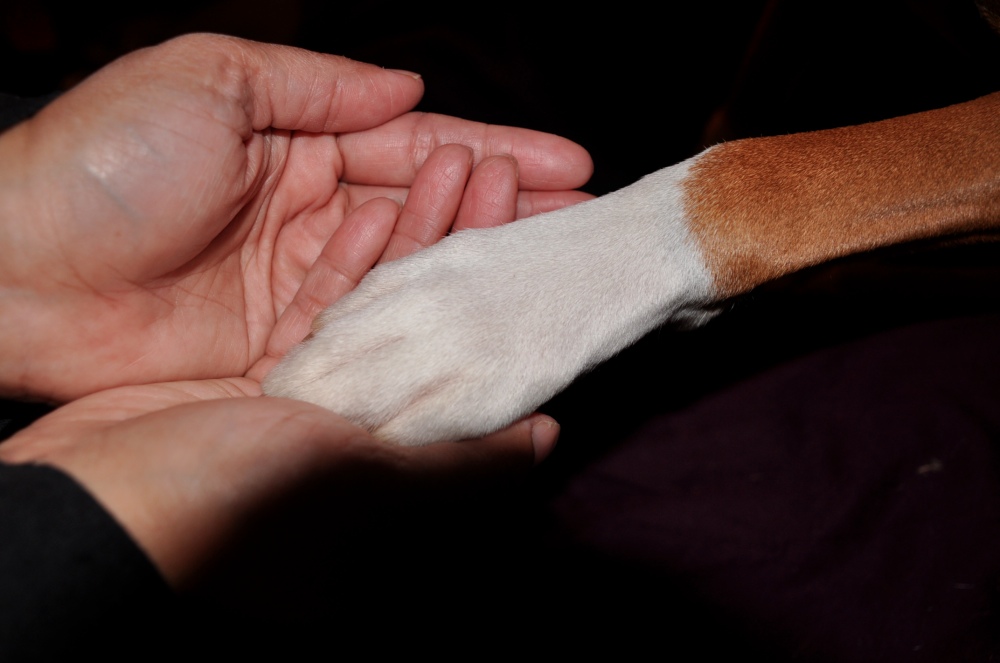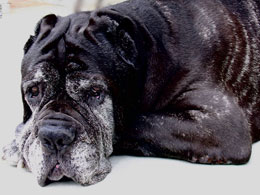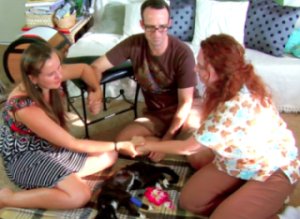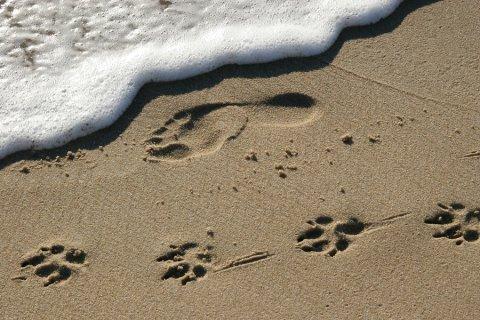
The subject of “Natural death” has gained some popularity in recent years. Some people have become fierce advocates of letting pets die naturally. This concept may unfortunately lead to untold suffering for pets if their owners are not adequately informed and educated in the subject of End of Life Care management and if veterinary care is not actively provided.
Many people are afraid of “Playing God” when taking in their hands the life or death of a pet. However, this line was crossed thousands of years ago in the first domestication of animals. Pets no longer belong to the realm of wild animals. We, as humans, started “playing God” with animals the moment we domesticated them. They can no longer fend for themselves. We provide them with food, shelter, medical care and this happens to a more and more technologically advanced degree in this day in age.
Some people wrongly assume that "as long as a dog eats, hes' OK". This is far from being the truth. Dog, being people pleasers and having some leftover instinct to follow the pack leader's directives, WILL SOMETIMES EAT ONLY TO PLEASE US. This is very important to remember when considering the subject of "Natural death". Is it really natural for a pet to be hand fed? Additionally, in some cases, Quality of Life has become so poor that the only remaining pleasure a dog has is to eat the food placed in front of him at meal time. And what of cats? I believe that cats stop eating earlier in the dying process than dogs. Perhaps because cats are closer to the wild and the old adage is true that not much can be done to coerce a cat do do something he does not want to do. This makes the dying process much more protracted for a cat and they may end up starving themselves to death. Cats seem to have a stronger ability to live without food for a longer period of time, which frequently results in a cat becoming "a bag of bones", and can become so dehydrated that there is a colloquial term used for this in the veterinary community: "raisin cat". Sometimes, appetite stimulants can help, but again, is this "natural"?.
Therefore, our pets live way beyond the natural life expectancy of a wild animal. Is this wrong? Of course not! We give and take so much joy, love and companionship when we enter into a relationship with a pet! There is no way that this would be a wrong action. But because of all the possible human and medical interventions we take the liberty of exercising, it is of utmost importance to use Quality of Life assessments and it is our responsibility to ensure that, if we chose the not so natural path of "natural death", that we do much more than sitting back and "letting nature take its course".
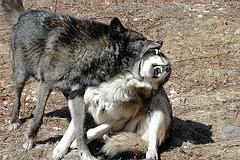
Nature has a way of taking care of its own and when we take this mechanism away, we have to replace it by humane intervention or it becomes cruel. When an animal ages, weakens or becomes ill, nature remedies this very quickly and animal suffering does not drag on and on. The old and weak die rather rapidly. Brutally, yes, but quickly! This is the way of nature. When we look at pets in their old days, they do not die rapidly anymore. Yet, their survival instincts still dictates to hide pain and weakness! They will carefully hide their symptoms until they can no longer bear their suffering in silence and then, and only then, will they display weakness and pain (see “understanding pain”).
“Nature’s way” may seem cruel to us “civilized beings”, but it is kind in that it does not allow for prolonged suffering. A predator or even a pack leader will terminate a fellow pack member’s suffering. When it comes to our pets, it is up to us, as pack leaders, to recognize suffering and to replace nature's way either by active medical intervention and aggressive pain management or by euthanasia.
And so we come to the reason why I surround “Natural Death” by quotation marks. Letting a pet die “naturally” is not really natural. In some cases, it may happen rapidly and more or less painlessly. This is what many people hope for. This is the rare instance of true natural death. Many pet owners hope that the pet will die “in their sleep”. And what a blessing it is when death happens rapidly and gently without a lot of prior suffering. But the more we know about animal pain and signs of suffering, the more we realize that this is a rare event.
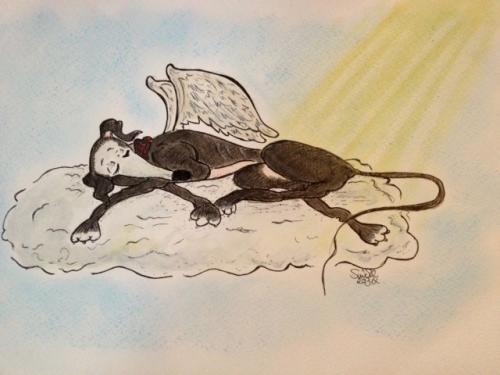
Have you had a family member or friend die of cancer? Has it been painless despite the best pain management advanced medicine had to offer? How about congestive heart failure? Does one not suffer when desperately trying to get oxygen to one’s lungs and feel like one is asphyxiating? What about arthritis? Very seldom is death not drawn out and painful in this domesticated society. Food and shelter are easily obtainable. When we take pets under our wing, care for them, feed them, provide them with shelter, all the comforts of home and medical care, we artificially prolong their lives. It is NOT the way of nature. Again, I certainly do not think that this is wrong. I love pets and I became a veterinarian because I wanted to help pets and as best as I could, prevent them from suffering. I have nothing against domestication.
But “Natural Death” can be a misguided concept. Death, for pets, without euthanasia intervention, in order not to be cruel, has to be accompanied with active medical intervention, aggressive pain management, wound care, oxygen supplementation, hygiene, etc... This can be done at home in the settings of hospice care as long as it is supervised by a competent veterinarian, knowledgeable in End of Life care. These latter interventions are far from being natural.
Having a pet is a big responsibility throughout the life of the pet. It also comes with the responsibility of stepping into the shoes of the pack leader when the pet is suffering. And if one’s personal spiritual beliefs preclude euthanasia, even for animals, then the pet must be under active hospice care when a terminal condition or old age brings about suffering which would be alleviated quickly in the true natural environment of the wild. It can be a very rewarding experience, but one must be prepared for the investment in time, money and energy resources that it will involve. This is a very personal choice.
